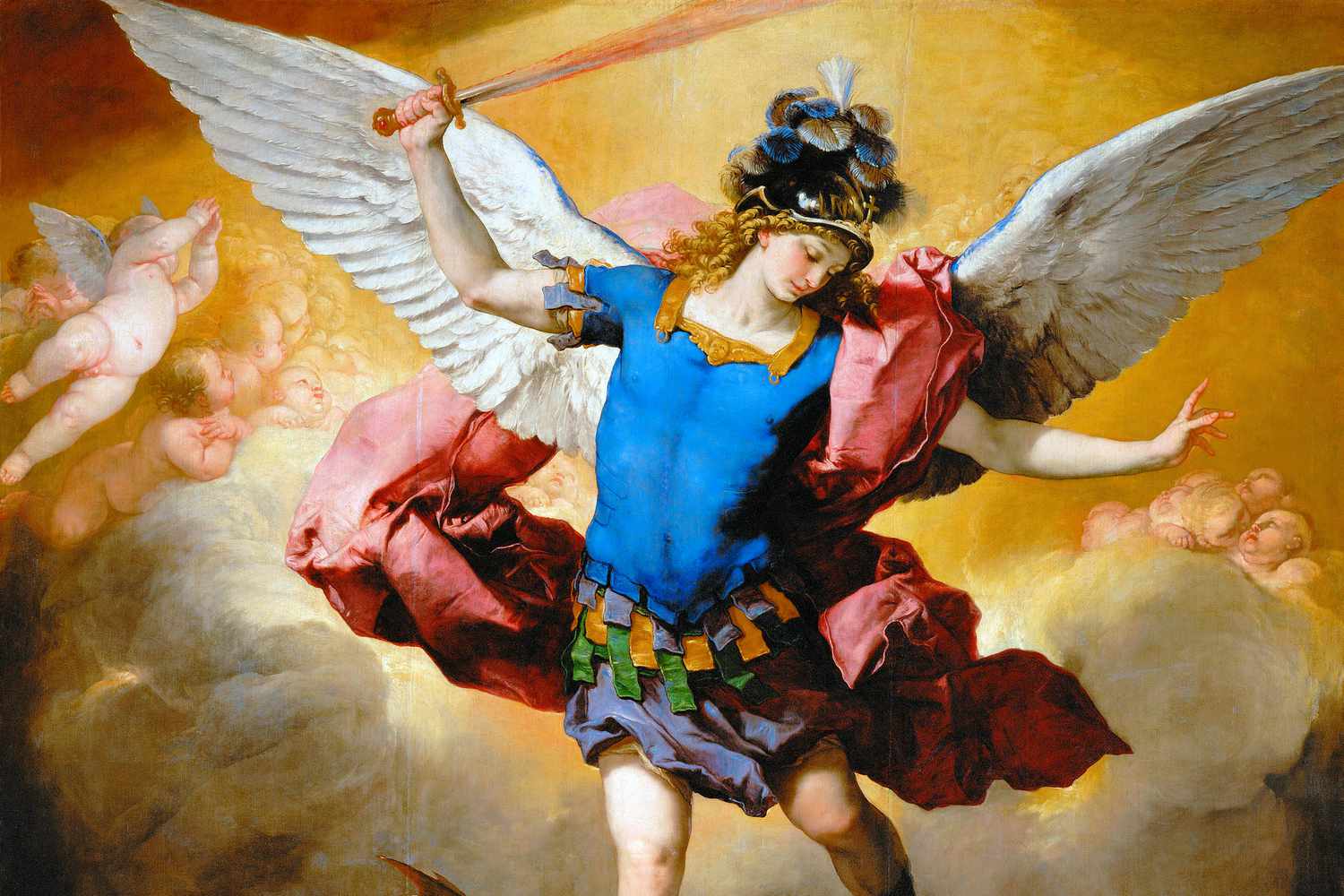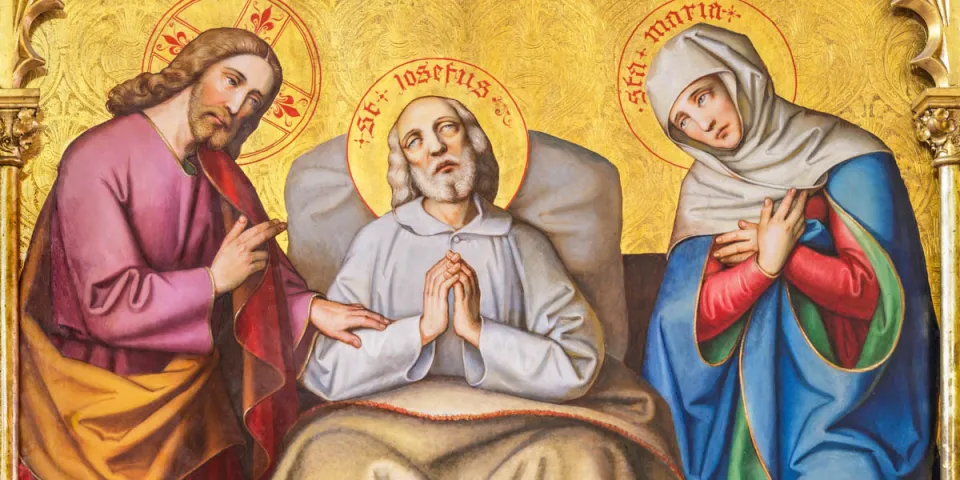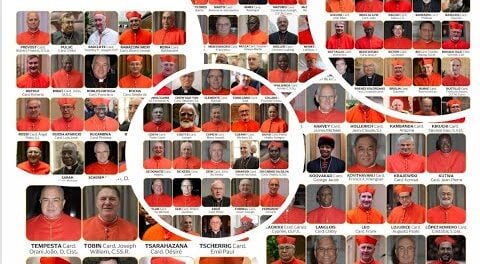
Category: Saints
-

Chaplet of the Ten Virtues of the Blessed Virgin Mary
Read More: Chaplet of the Ten Virtues of the Blessed Virgin MaryA Glory to BeholdMary’s Ten Evangelical Virtues are typically presented in the shape of a Ten-ray star. A prime example of such Marian iconography can still be seen on the ceiling of an 18th century Marian Church in Gozlin, Poland.Above all, the star has great spiritual meaning, but it is also significant for our edification.…
-

St. Padre Pio’s 3 Simple Weapons for Spiritual Warfare
Read More: St. Padre Pio’s 3 Simple Weapons for Spiritual WarfareIn the life of a devout Catholic, the concept of spiritual warfare is ever-present. We are constantly reminded of the battle between good and evil, light and darkness, and the need for steadfastness in our faith. St. Padre Pio, a revered saint and mystic, provides profound insights into this struggle. Known for his piety, miracles,…
-
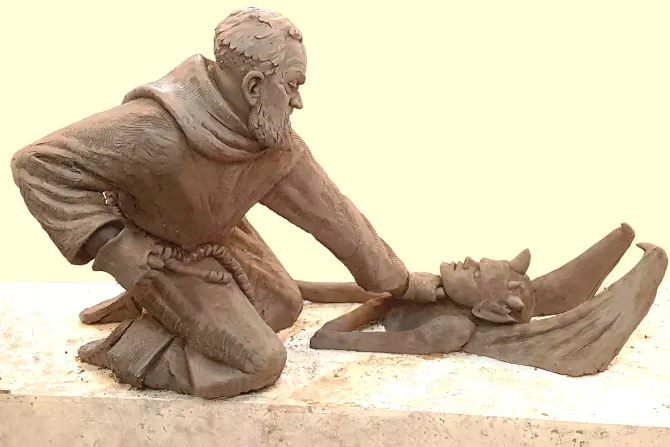
Padre Pio vs. the Devils: Unseen Battles
Read More: Padre Pio vs. the Devils: Unseen BattlesSt. Padre Pio, one of the most beloved and mystic saints of the 20th century, was known for his profound spiritual experiences and battles with demonic forces. His life and struggles have been documented in numerous books, providing a detailed account of his encounters with the supernatural. The Reality of Demonic Attacks In his biography,…
-

The Holy Hero Who Halted the Lava!
Read More: The Holy Hero Who Halted the Lava!St. Francis Xavier Bianchi, Apostle of Naples, miraculously stopped a lava flow after the eruption of Vesuvius, and predicted the fall of Napoleon. Armed with God-given power, the miracle-working hand of St. Francis Xavier Bianchi (1743-1815) of the Barnabite order triumphed over the destructive power of Vesuvius. In 1804, the volcano awoke with a fury like…
-
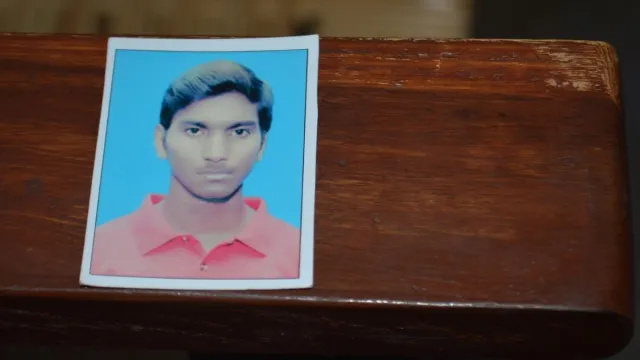
Will Akash Bashir become Pakistan’s 1st saint?
Read More: Will Akash Bashir become Pakistan’s 1st saint?By Aleteia A thanksgiving Mass was celebrated in the cathedral of Lahore (Pakistan) to close the diocesan phase of the cause for beatification of young Akash Bashir. “Iwill die, but I will not let you go in.” These were Akash Bashir’s last words as he offered his life in sacrifice, preventing a terrorist attack on…
-
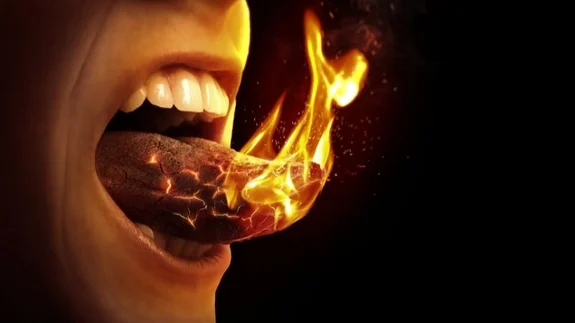
-
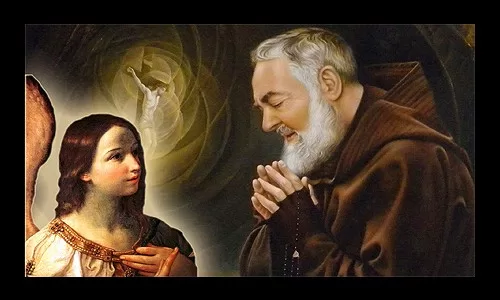
ST. PADRE PIO’S PRAYER TO THE GUARDIAN ANGEL
Read More: ST. PADRE PIO’S PRAYER TO THE GUARDIAN ANGEL
Search
Popular Posts
-
🙏 A New Chapter Begins: Supporting Pope Leo XIV with Prayer and Hope | W/ Daniel O’Connor
“Give the new pope a break and support him with your prayers.”–…
-
Possible Candidates for The Next Pope!
Some Candidates for the New Papacy Today we will share with you…
Categories
Archives
Tags
#Miracles (102) 2023 (4) 2024 (4) approved miracles (2) catholic (141) catholic blog (375) catholic meditations (7) catholic miracles (371) catholic motivation (2) catholic news (371) catholic prayers (4) CatholicSeers (359) catholic vlog (375) catholic websites (6) Eucharistic miracle (2) fr jim blount (3) GisellaCardia (11) hamas (3) imitation of christ (2) Israel (4) israel live (5) Israel news (9) jesus (3) jesus christ (4) Latest messages (11) lent 2023 (10) lent 2024 (4) lent homily (2) lent retreat (4) lent retreat 2023 (3) Lourdes (2) messages from god (6) MessagesFromHeaven (364) miracles of catholic church (2) mother and refuge (2) ourlady (325) OurLadyApparitions (22) our lady of lourdes (2) Pope (2) POPE francis (3) pope francis news (2) prayers (3) real miracles (356) sacred heart of jesus (2) The Miracles of Lourdes (2)


